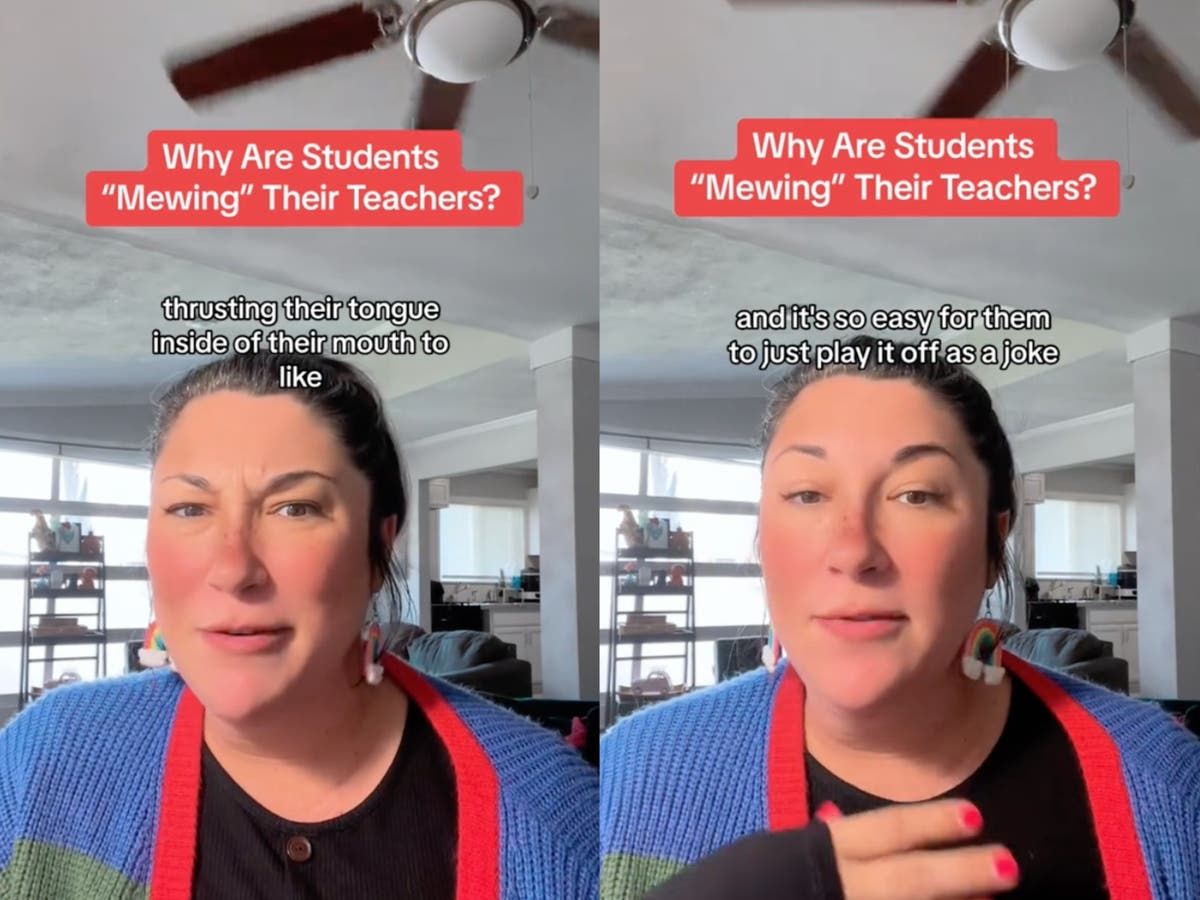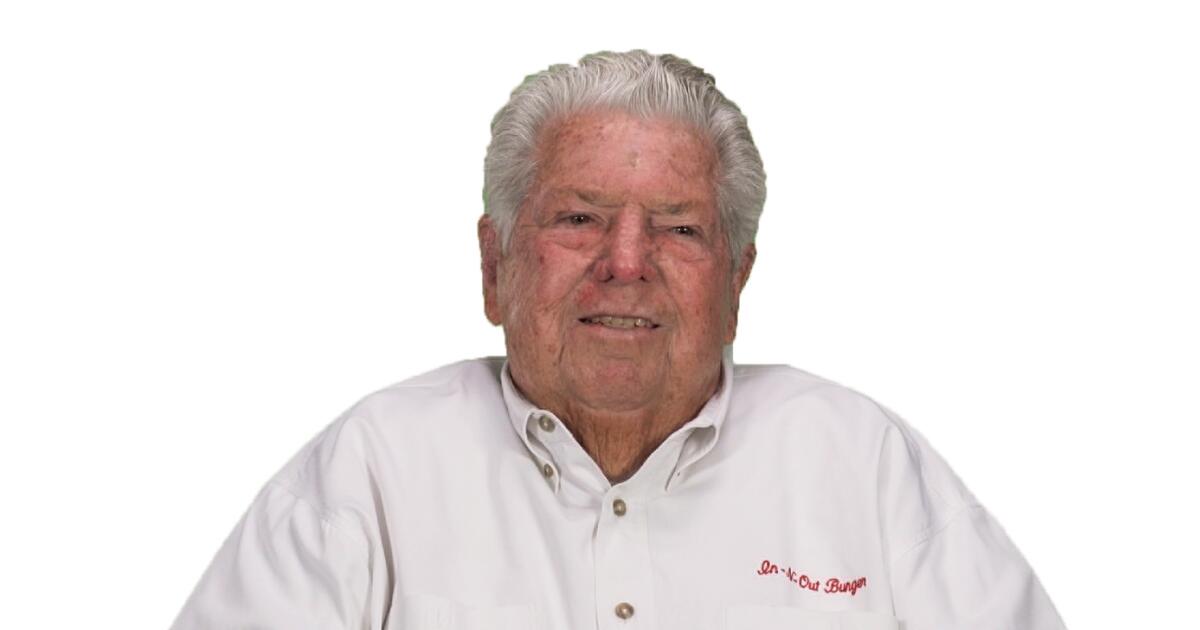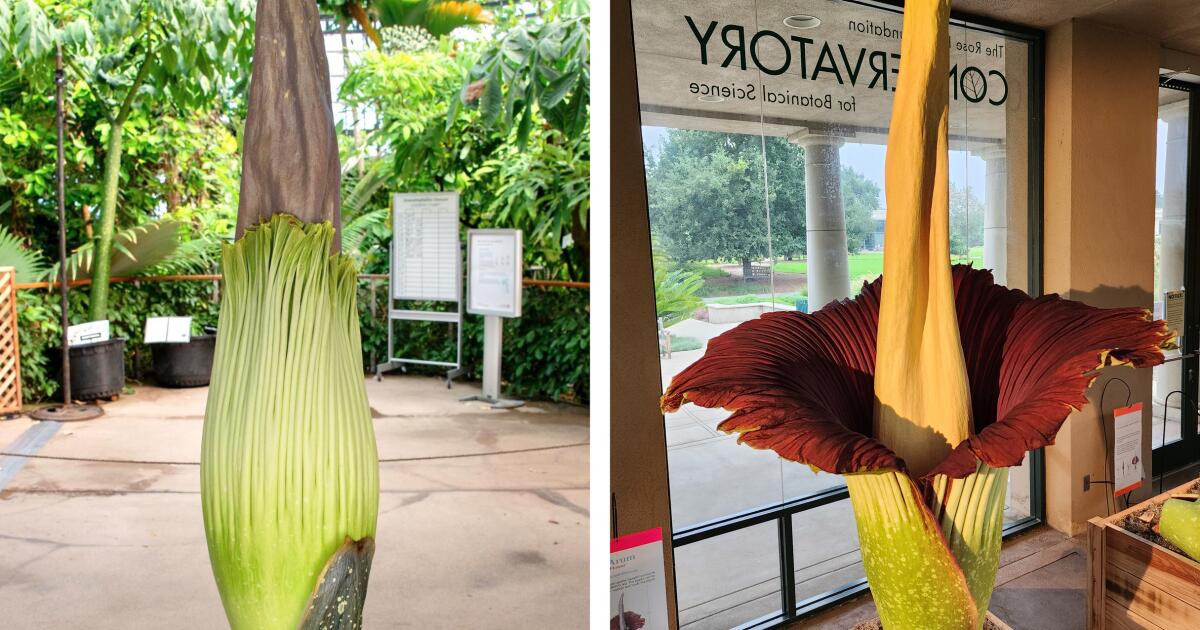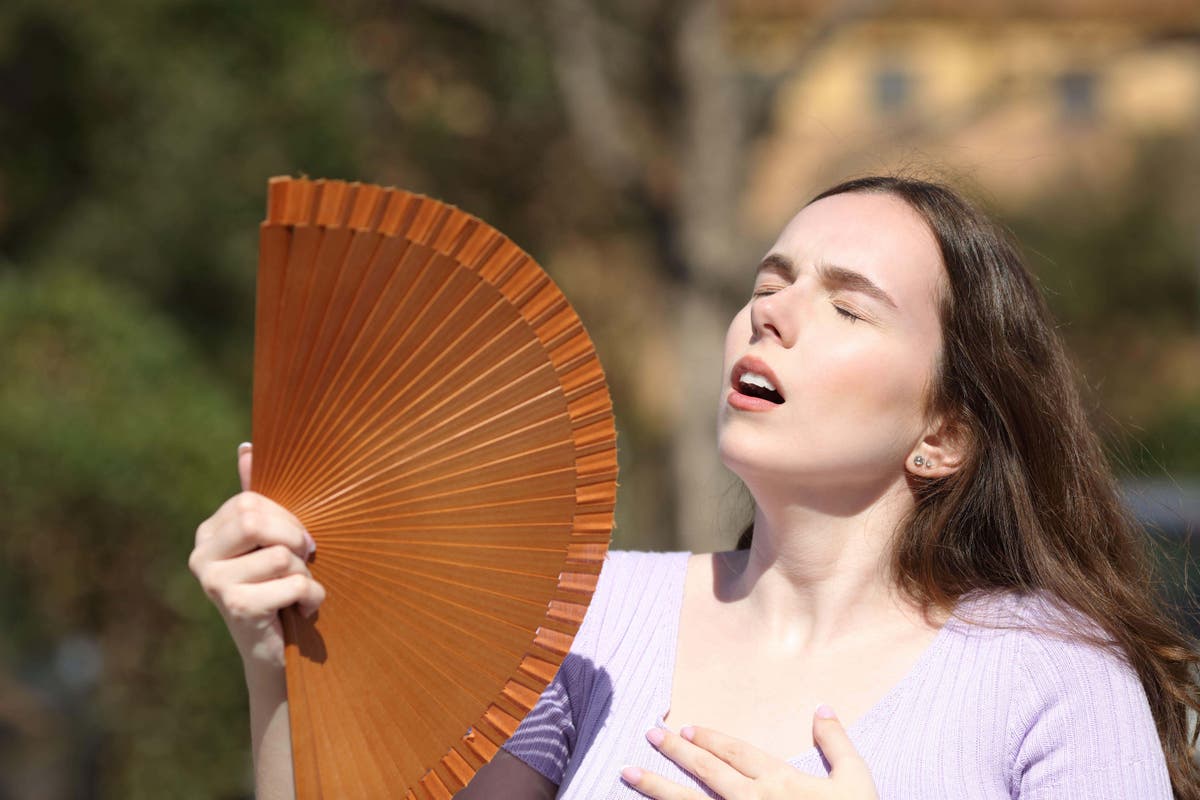The “meowing” trend has gained popularity on social media, but teachers are now openly expressing why they don't approve of this behavior.
The method, named after Professor John Mew, involves flattening the tongue against the roof of the mouth to supposedly lift the jawline and relieve pain in the muscles of the jaw and mouth, according to Heathline. However, the American Association of Orthodontists has noted that “changing the location of the tongue is not enough to magically correct misaligned teeth, reshape the jawline, and prevent the need for orthodontic treatment.”
Now, teachers have shared that there is another aspect to the term “meow” that has nothing to do with reshaping the jaw. In a video posted to TikTok last month by Teresa Newman, she noted that when her students are “meowing,” they put their finger over their mouth before sliding it along their jawline, as a way of signaling that they don't want to respond. a question.
According to Newman, this gesture is students' way of indicating that they “don't care” what their peers and teachers have to say, or that they are “too busy being silent” because they are “meowing.” technique. He went on to express why he doesn't approve of the meowing trend at his school.
“The problem I have with meowing in the classroom and at school is that children use it as a way to disrespect their teachers, without them understanding what they are doing,” he said. “It is a non-verbal gesture. It doesn't really mean anything specific unless you know exactly what it means and why they're doing it.”
After noting that the tendency allows students to “avoid responding” to what the teacher has to say, Newman stated that the adult in the room then “seems clueless” as he or she does not understand the gesture. He went on to detail how the trend negatively affects the way children learn and treat others.
“It is a power on the part of the child. It's a way to not have to take responsibility for the things that are asked of them. “It’s a way for them to not have to participate in class,” he continued. “Yeah [the teacher] “Try to question the gesture, if you try to respond in some way to prevent the gesture from happening again, there's really no way to prove that the gesture itself is disrespectful or harmful.”
Newman said the children would find it “funny” if they saw one of their classmates making the gesture to the teachers. While students may consider the trend “a joke,” she believes they are well aware of the other meanings behind it.
“They absolutely understand how dismissive and disrespectful [the gesture] “It is for the person who is trying to interact with them, especially in a learning environment,” he added. “They also understand how painful it can be.”
Newman further emphasized how the trend is negatively affecting teachers, given the time and energy they spend preparing lessons for their students.
“Everything we do is try as hard as we can to engage our students in our lessons and engage them in class,” he added. “For something like this to come up and basically become like, 'Oh, we're just playing, we're just having fun.' But in reality, the game and fun are really painful. It’s also really detrimental to the learning environment.”
The teacher acknowledged that while she doesn't ask children to “take everything in their lives seriously,” that doesn't change how hurtful the “meow” gesture toward teachers can be.
“When someone comes into the classroom and really asks them genuine questions, engages them in lessons, engages them in activities, makes them think critically and everything. [students] I have something stupid like this as an answer,” he said, making the gesture. “It should make the teachers angry.”
The video quickly went viral, with more than six million views. In the comments, many people agreed with Newman's thoughts about the “meowing” tendency and how disrespectful it is toward teachers.
“To be honest, 'Mewing won't be on the exam' would be a joke I would use throughout the lesson,” one person wrote.
“Meowing is 100 percent disrespectful and if admins allow it, they are the problem,” another added.
“Things like this tendency to meow are the reason teachers are quitting their jobs,” wrote a third. “The lack of respect that students and parents have for teachers is very sad.”
The independent has contacted Newman for comment.
Newman is not the first teacher to decry the “meowing” trend. Philip Linsday, a special education teacher, shared a recent video on TikTok explaining how teenage students, specifically boys, have made the gesture when they don't want to answer his questions.
She then shared her advice on how to respond to students who make the gesture, explaining, “You can basically hit them with, 'You can meow in your own time, answer my question.'”












